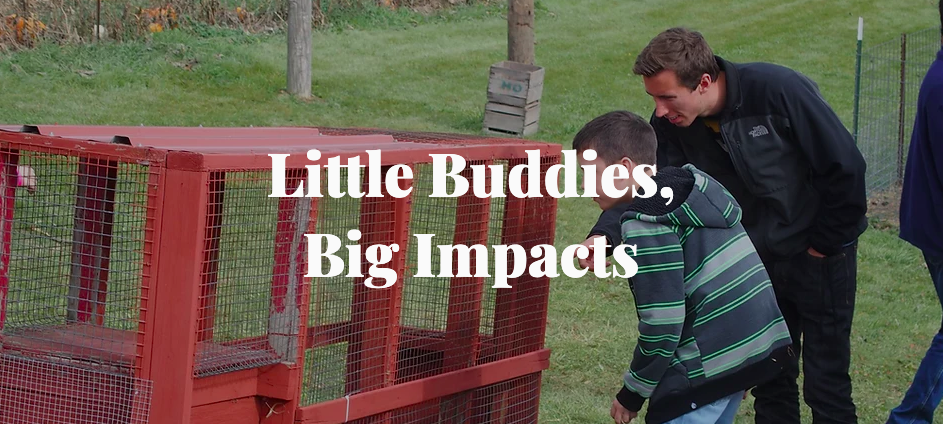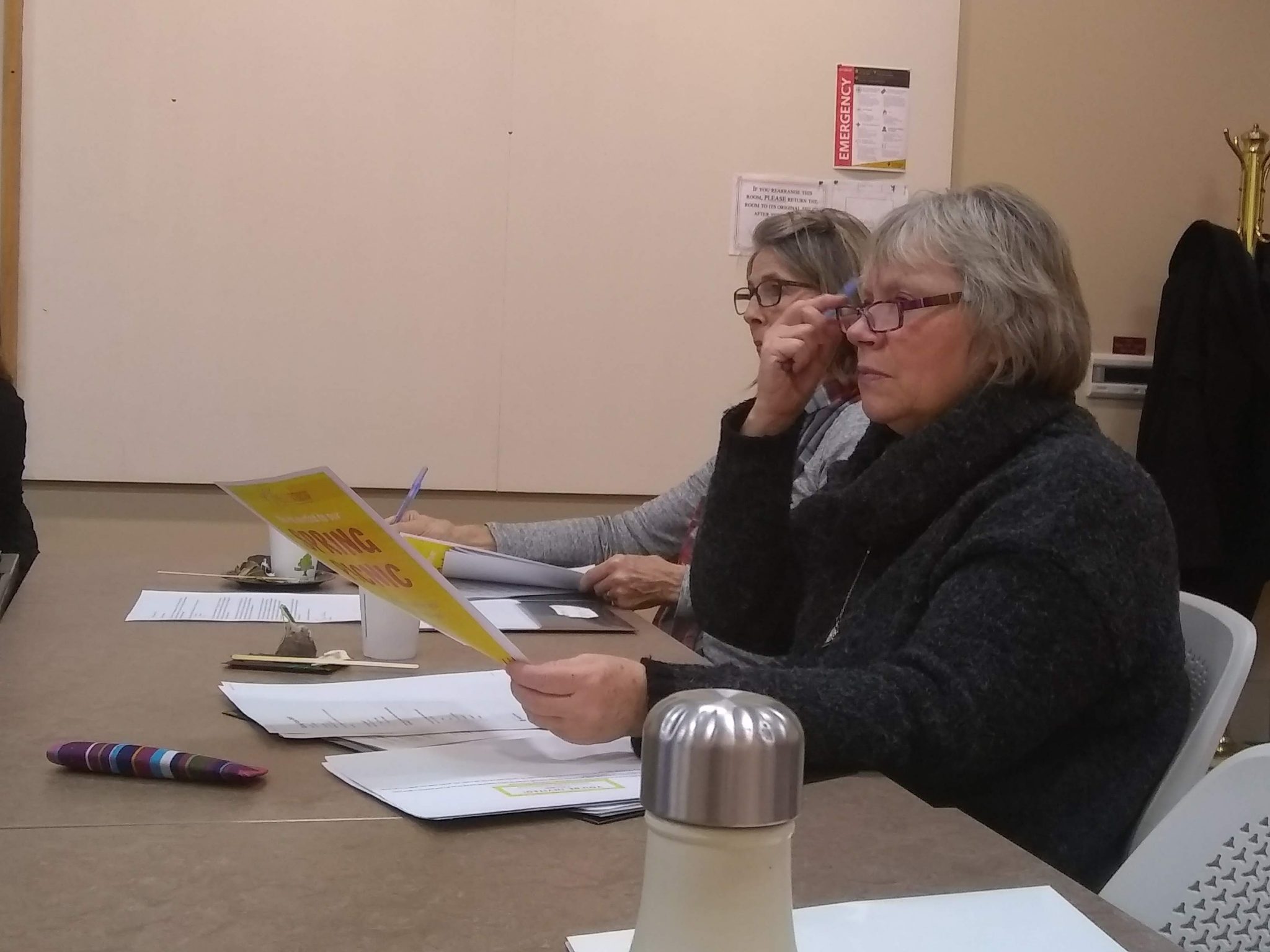
Project Friendship, a local mentoring organization that pairs college mentors with local youth grades 2-7, has a 50+ year history with St. Olaf College (and that other college across the river, too!). They have an entire Volunteer Network student organization that helps recruit Oles to the cause, offering our students a chance to “hang out” an hour a week with their mentee here on campus and to serve as a role model for local youth.
Despite the long history of the organization and the tremendous impact it has had on youth and Oles alike, the organization has only recently begun to work more intentionally on storytelling and organizational sustainability under the leadership of current Executive Director, Sarah Van Sickle. Sarah has served in the role for over five years, and in that time, has doubled the number of matches, grown programming, and increased staff and volunteer support. She has also begun leveraging the organization’s Ole connection through several ACE courses.

Rebecca Richards’ Business and Professional Writing Interim in 2015 helped create several professional writing pieces for them. The American Conversations program created podcasts in 2017 to help document the impact of the organization on the community. In Interim 2019, Project Friendship worked with two courses, Graphic Design with Peter Nelson and Business Writing with Rebecca Richards, for a double-whammy effect that is already being seen – literally – on the organization’s social media pages and in their upcoming events.
Graphic Design Course
In the Graphic Design course (which also partnered with HealthFinders Collaborative), two groups of students worked on designing a middle school recruitment campaign. The first two weeks were spent learning the basics of graphic design. During that time, though, they also began to learn more about partner organizations. They sat down with groups of youth over lunch at the Northfield Middle School one day to converse and gather information about how middle school youth perceive mentoring. Or at least they tried to, amidst wary looks, blank stares, and, as one student remarked, “It was fun…but it’s hard to gather much when interacting with kids while they are in the cafeteria surrounded by distractions.”
Despite the challenges of brief interaction, Sarah shared that “I thought the goals were to have a graphic for our youth recruitment poster. I received so much more… What they learned from talking with them not only helped guide their design but will also help shape Project Friendship’s future decisions.” The groups presented their final designs to Project Friendship class in the last week of Interim.
Business Writing course
The writing course took a multi-project approach where six groups of students worked on three different projects, generating six ideas for the organization to use! The groups then presented to Project Friendship staff and board members on the final day of class.
faculty reflection
Rebecca shared a learning experience for students that happened right off the bat in the project selection process:
There was one project on the list that half (3) of the student groups selected as their first choice, meaning that one team wouldn’t get to work on this project. I got the sense that students saw this project as the “easiest” of the three projects, which surprised me because I thought it would be challenging. Still, I had to move one group to another project to balance out the division of labor. I felt guilty for moving the one group to another project, but they ended up excelling with it, and the client chose them as the best of the two teams for that project. Meanwhile, the two teams that got that so-called “easier” (which was their first choice) project really struggled because it was, even in the words of Sarah, really challenging to do well. It was a good lesson for students that expectations do not always match reality. And what might seem “simple” can be very complex.
For both courses, the students, faculty, and community partner all identified time as a challenge, particularly for an Interim course. Rebecca shared that “there is no doubt that doing an ACE project requires more work than a traditional course. Since most organizations don’t know far in advance what types of projects they need until shortly before the project begins, this means that there is a “crunch” period where I have to negotiate with community partners about the scope and scale of the project. Luckily, Sarah has been a dream to work with!”
Students reflection
Corey Loken (Economics ‘19), who was in the writing course, shared “I was nervous to sign up for a class with an ACE component. There were definitely times where it was more work than I wanted. However, I’m glad that I did it because I learned a lot and I think I am better prepared for the real world after graduation.” Sarah reiterated this concern, but ultimately said she was glad she prioritized the class times and projects during January because “it was time well spent!”
You must be logged in to post a comment.